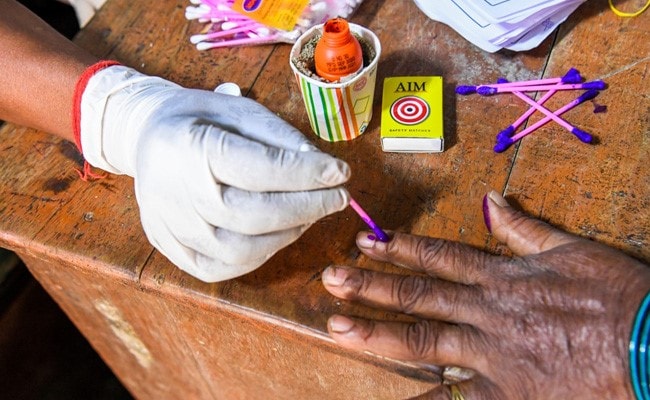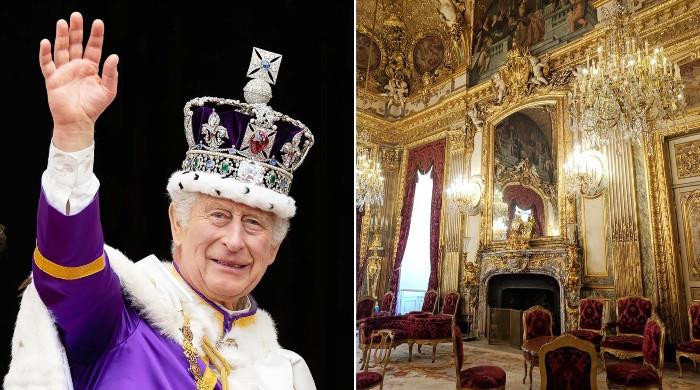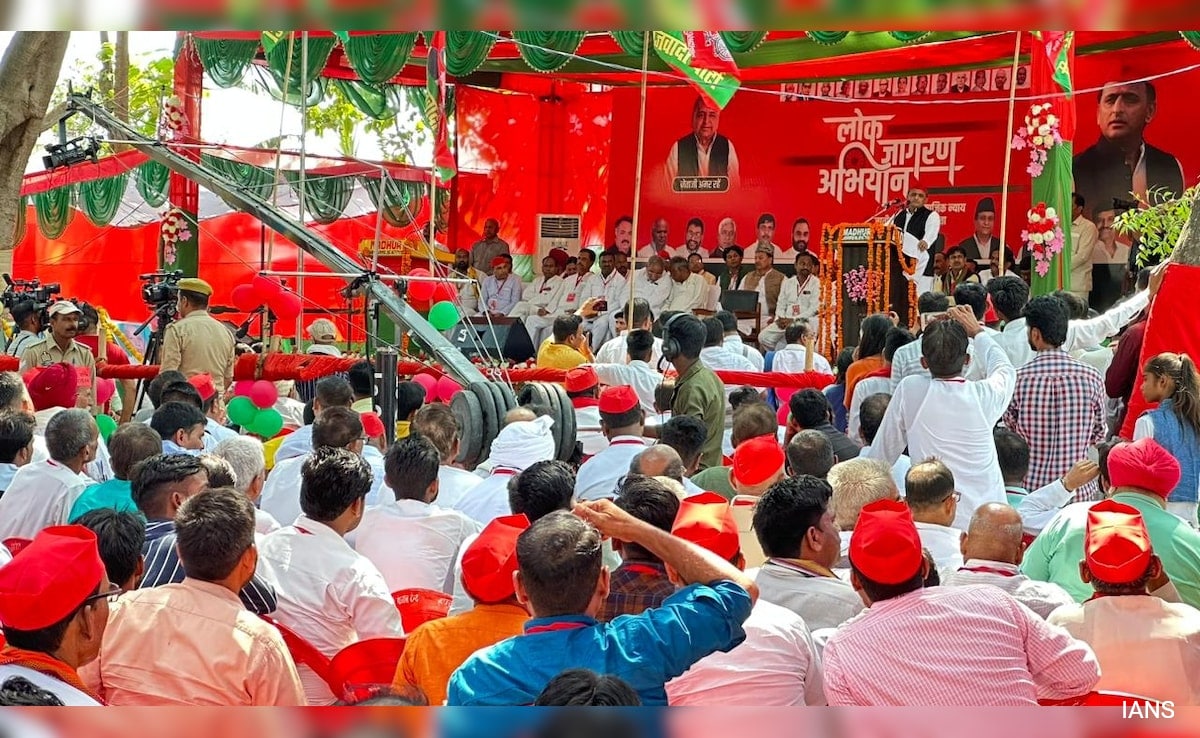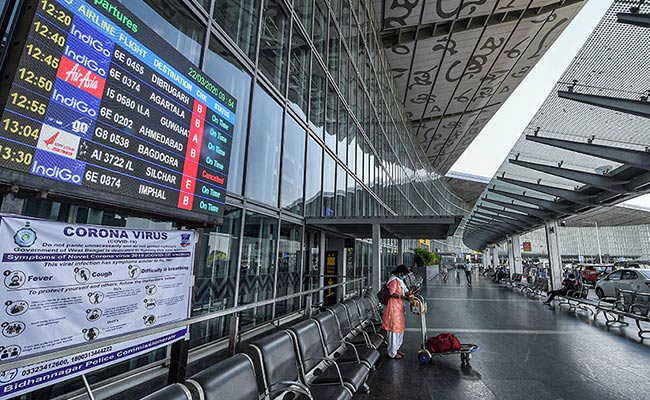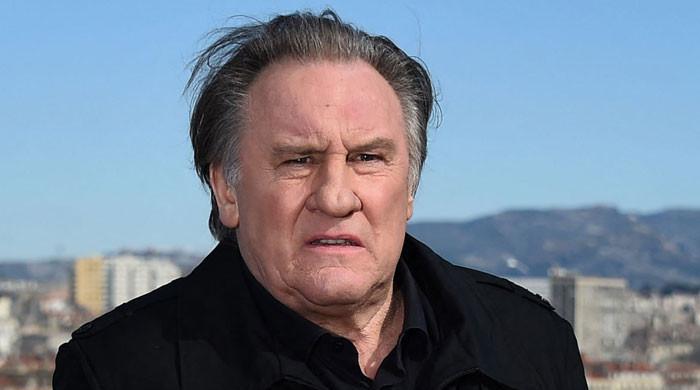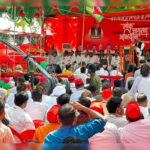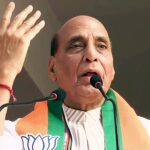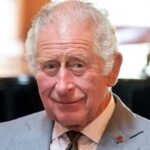
The voting period for the 2024 Lok Sabha polls is 44 days (representative)
New Delhi:
The stage has all been set up. India will begin voting for Lok Sabha elections in less than a week. The national election will be held in seven phases, with results due to be announced on June 4.
The world’s biggest election
From April 19 to June 1, nearly 970 million Indians – more than the populations of the United States, the European Union and Russia combined – will vote in massive national polls.
Announcing the voting schedule on March 16, India’s Chief Election Commissioner Rajeev Kumar said that more than 970 million people are eligible to vote in the Lok Sabha elections and urged everyone to “vote”.
“We have 970 million registered voters, over 1.05 million polling stations, 150 million staff and 5.5 million EVMs,” he said, adding that out of the 970 million voters, 49.72 billion were male voters and 471 million were female voters. .
In the 2019 Lok Sabha polls, there were 912 million eligible voters, including about 438 million female voters and nearly 473 million male voters.
Mr Kumar said the commission has conducted 17 Lok Sabha elections, 16 presidential elections and more than 400 parliamentary elections.
Why does voting take so long? Voting will be held in seven phases in different regions across the country: April 19, April 26, May 7, May 13, May 20, May 25 and June 1.
It comes down to two key reasons: first, the size of the electorate (the most populous country in the world), and the logistics required to ensure that every registered voter can cast a ballot.
Poll 2024 is the second longest poll poll in India’s history
The 2024 Lok Sabha polling period will last for 44 days, making it the second longest after the first assembly election in 1951-52 lasted for more than four months. The election process took a total of 82 days from the announcement of the voting results by the Election Committee to the counting of votes.
Asked about the long duration of the polls, Kumar said the dates are decided based on the geographical location of the district and other factors such as public holidays, festivals and exams.
The shortest general election voting cycle in the country was in 1980, when it was only four days.
Between 1962 and 1989, Lok Sabha elections lasted between 4 and 10 days. The shortest election took place in 1980, from January 3 to 6, when Indira Gandhi returned to power.
Narendra Modi’s stature continues to grow
Most opinion polls suggest the ruling National Democratic Alliance (NDA), led by the Bharatiya Janata Party, is likely to win a clear majority in the general election, a victory that would ensure Narendra Modi an easy third term in office.
In July last year, the opposition parties announced that their alliance to take over the ruling system would be called “Indian Alliance for Inclusive Development”. For the first time in years, the country’s divided opposition has ironed out differences over ideological differences to take on the Bharatiya Janata Party.
But it has suffered major setbacks, including from prominent EU figures such as Nitish Kumar and Mamata Banerjee.
Prime Minister Narendra Modi continues to top the list of world leaders with an approval rating of 76%, according to a survey by American consulting firm Morning Consult.
He won two national polls, first in 2014 and again in 2019. He never lost a state or national election.
His third term would place him among the greatest Prime Ministers to have served in India. Let’s see who’s on it.
Jawaharlal Nehru was India’s first prime minister when it gained independence in 1947. He served the longest consecutive term, an impressive 16 years and 286 days. He died in office in 1964.
His daughter Indira Gandhi won in 1967 and 1971. She imposed a state of emergency in 1975 and then lost the 1977 elections. However, she returned to power in 1980 and was assassinated in 1984 while serving as Prime Minister.
Atal Bihari Vajpayee from the Bharatiya Janata Party served as Prime Minister three times (1996, 1998-2004). Cut to 2004: Economist Manmohan Singh served as Prime Minister for two consecutive terms, a total of 10 years.
Experts say India’s 2014 elections changed India’s political landscape as Narendra Modi came to power and broke the Congress party’s grip on the country.
In the last general election, the Bharatiya Janata Party swept 303 parliamentary seats and won an absolute majority. The Congress won only 52 seats.
wait reply load…
Follow us on Google news ,Twitter , and Join Whatsapp Group of thelocalreport.in
